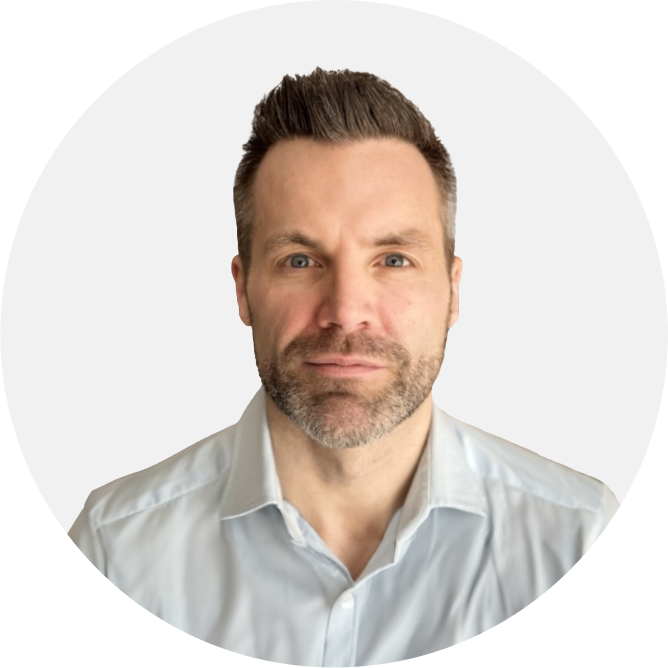Public Markets
UK & Europe:
Please keep an eye out for our thought leadership released later this year on ‘what sustainable investing (ESG) teams will look like in 3 – 5 years’ time. We are working with some well-known asset owners to put this together.
The top line view is that while there are positive signals in the markets, and in terms of hiring, the news has not made its way through to the boards of all but a few of the most progressive asset managers. All while asset owners are building their teams to meet their added interest in aligning managers to their house views.
Some people I have spoken to have said that they are stuck in the middle of a dying government, rowing back on pledges, and asset owners who are asking for more!
The surge to the right across Europe will slow down the green deal, but it won’t block it, and the feeling is that this will be fought silently in Brussels. In the UK, there is some hope that the probable move to the left will open up opportunities in sustainable finance.
While there is uncertainty in politics, there is certainty that regulations are here to stay, and that there will be a lot more form filling for the foreseeable future. An interesting take is that post-Brexit, and with the UK’s second mover advantage, competition on regs between the UK and Europe could be a good thing.
As mentioned in the newsletter in Q1, the main body of hiring has been asset owners hiring 3–7-year people to oversee the asset managers, or asset managers hiring at the same level for stewardship, or for disclosures, and reporting. This has meant that some firms are hiring at the same time and candidates might have more than one process on, but there hasn’t been anywhere near enough hiring to see the same rush for talent that we saw in 2021.
There have been some moves at the senior level with Eva Cairns taking over at Scottish Widdows, Amanda Young leaving her role, and being replaced internally, and then Kristina Church taking on a sustainability role, all at/from ABRDN. Whether this is just one firm creating senior movement, or the beginning of a trend, we will see in the second half of the year. There is also some shuffling of lead Stewardship people in North America, which we should see start to come through in the news.
Redundancies are still happening at large asset managers. Potentially because there is still uncertainty over performance, outflows, and active v passive. This has affected product growth, and product development which has meant a shedding of senior talent, and a replacement with more junior headcount (typically in stewardship and reporting).

US:
Please keep an eye out for our thought leadership released later this year on ‘what sustainable investing (ESG) teams will look like in 3 – 5 years’ time’. We are working with some well-known asset owners to put this together.
While there is no obvious science behind it, the anecdotal evidence of an increase in the hiring at asset managers and asset owners has continued. Whether this is due to the (unsatisfactory) regulations giving some confidence to investors that they won’t be sued, or an increase in hiring before the election, or even just an acknowledgment that more headcount is needed after two lean years, it is not yet clear.
What is clear is that the hiring is mostly in stewardship. There has been a focus from numerous asset managers to find a lead engagement person for the US. Logic suggests that most teams are pushing to integrate ESG factors further into their investment process, meaning that they don’t need any further analyst/research hires, but that there is pressure to show evidence of a properly resourced team, which can work with investee companies on important sustainability themes, focusing on value creation.
Similarly, the asset owners are having to scale their teams to oversee what is happening at the asset managers, and while the candidates for each type of firm might have slightly different ideologies, they have very similar backgrounds, and skill sets.
On the regulatory front, there is a war going on in Europe between the EU and the UK over who can create the best ESG regs. The UK has second mover advantage but doesn’t seem to be making proper use of it. There is an emerging feeling that assets may move to the US, where there will be a lighter touch environment, and less red tape.
The red states are continuing to cause issues, but as one client put it, ‘there is nothing more they can throw at us’. This sums up how a lot of people are feeling – there is still a threat, but the battle lines have been drawn, and firms feel comfortable doing their work silently, until the political pushback has passed.
One client said to me: ‘let’s keep the term ‘ESG’ to annoy the populists. Let’s do that!

Middle East:
The main activity in hiring has been from the sovereign wealth funds, and the banks. Post COP, there is a push to build out climate and decarbonization teams with a focus on private investments/companies.
With the esoteric data needed to make decisions, and create strategy, there has been a push to hire people with a unique blend of data gathering, data manipulation/presentation, and the ability to infer risk, and create strategy. The main pool of candidates has been people from other investment houses or consultancies from the tier 1 locations (New York, London, Hong Kong, Singapore – and various parts of Europe). PCAF is the ubiquitous standard that most candidates will have used and is a good way to identify talent.
Portfolio optimization is the key growth area for the rest of 2024, and for next year. The question many firms are asking is: ‘should the value creation be done as part of the generalist role?’, or ‘is there a way to position someone more senior as an Operating Partner who will sit across all the portfolio companies and add value?’. The thinking is that a senior Operating Partner might be a good proxy for the Chief Sustainability Officers who might otherwise need to be hired into the portfolio companies.





